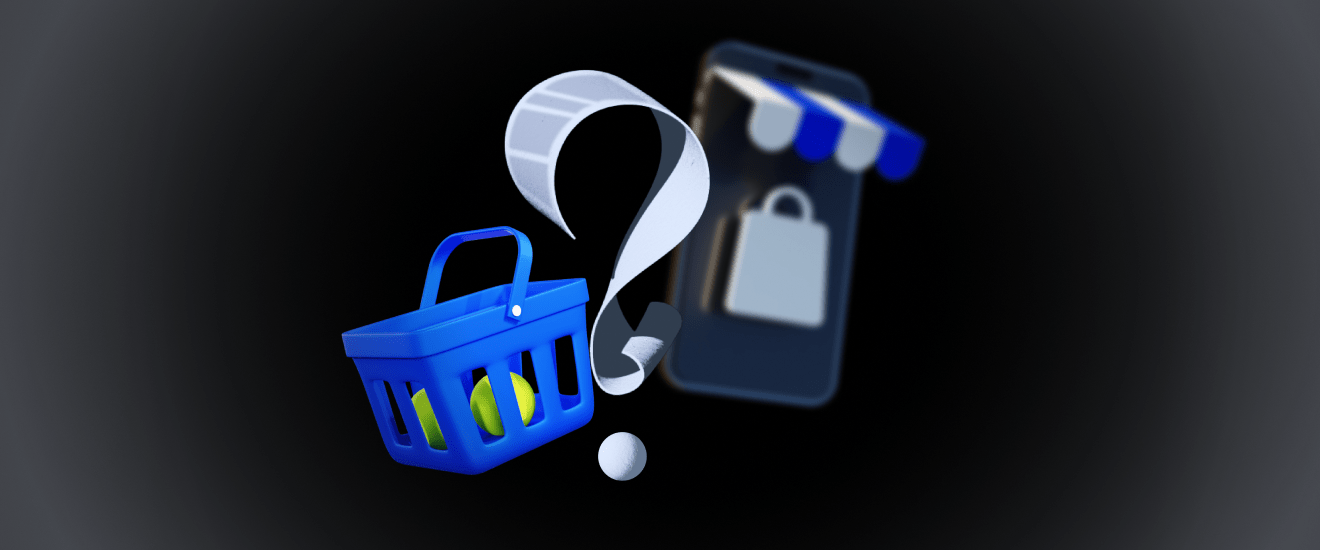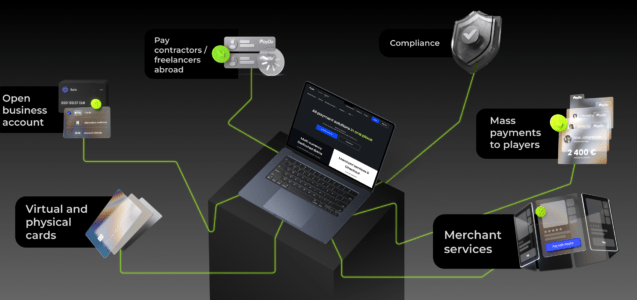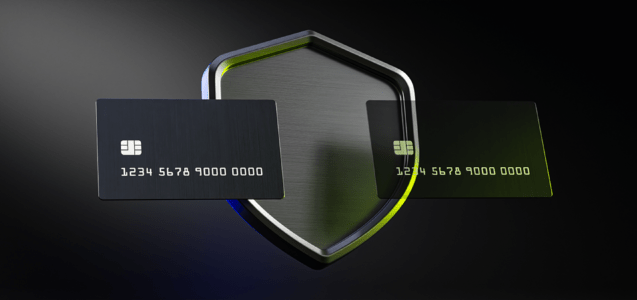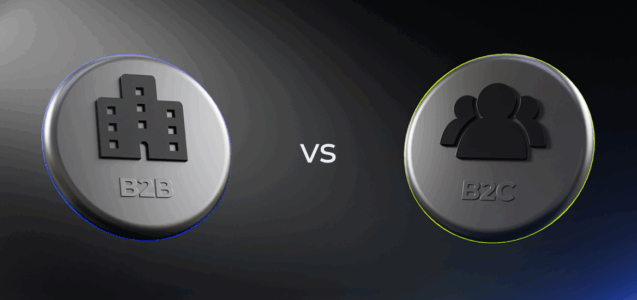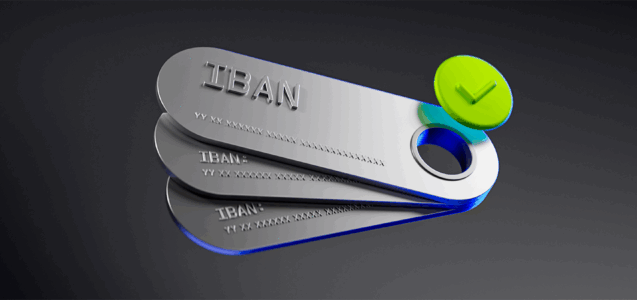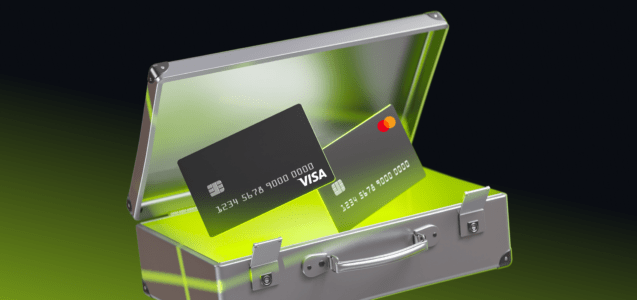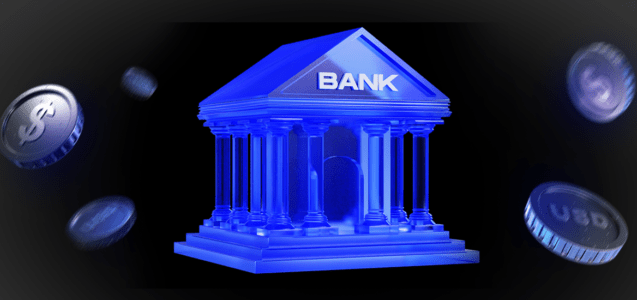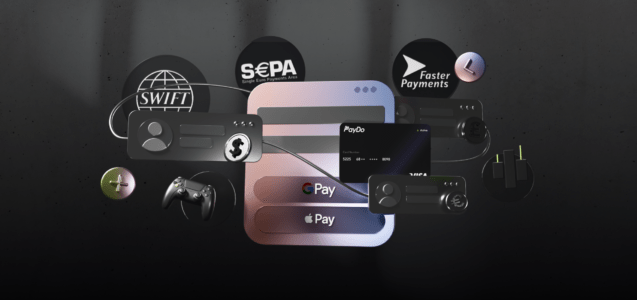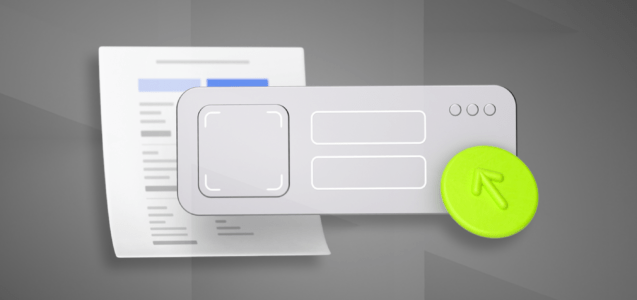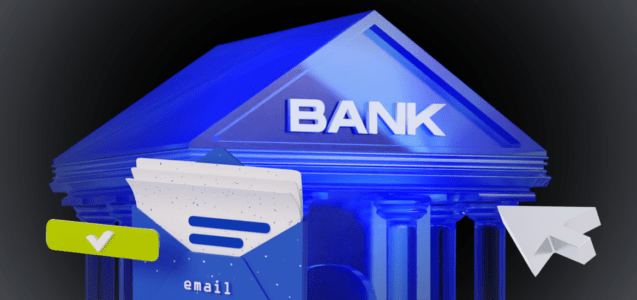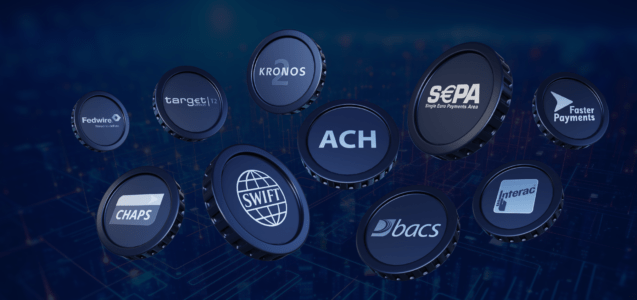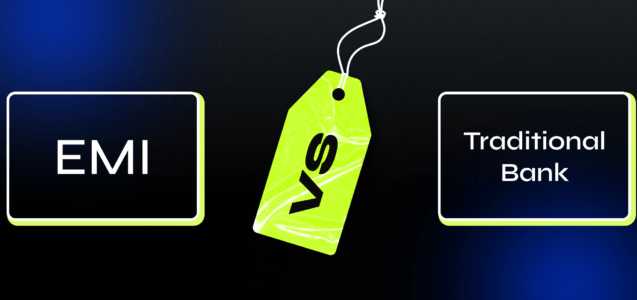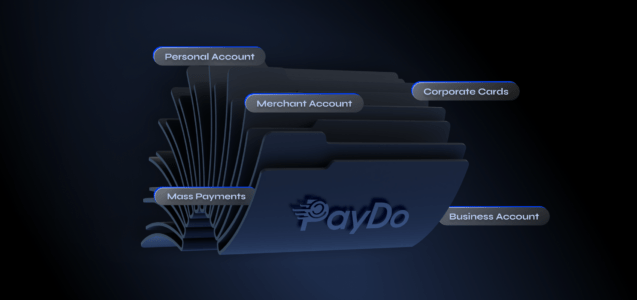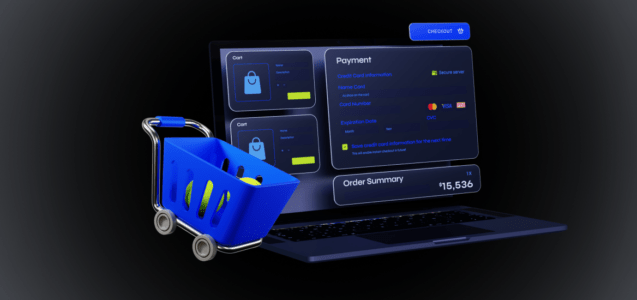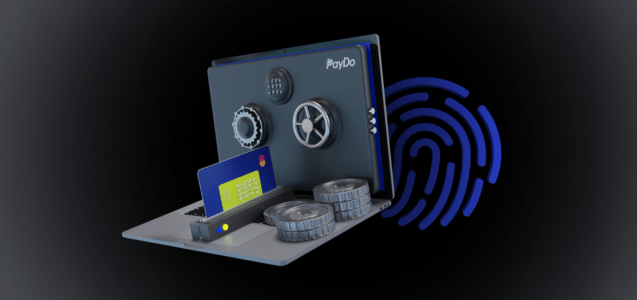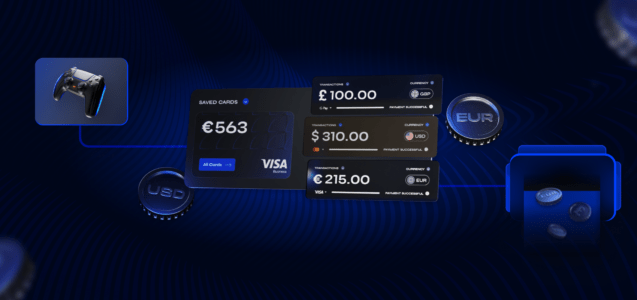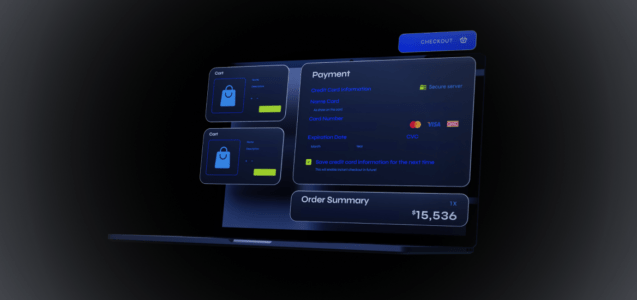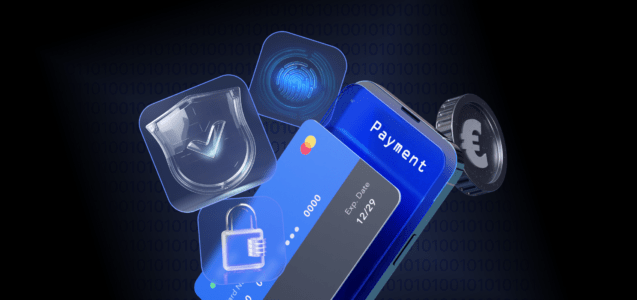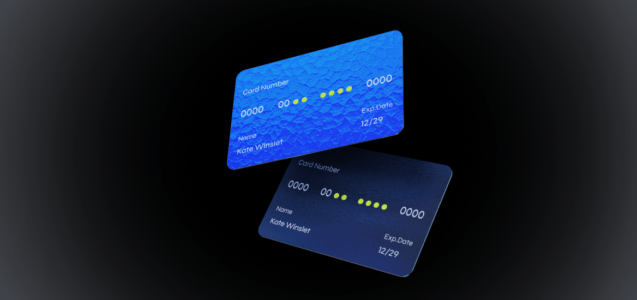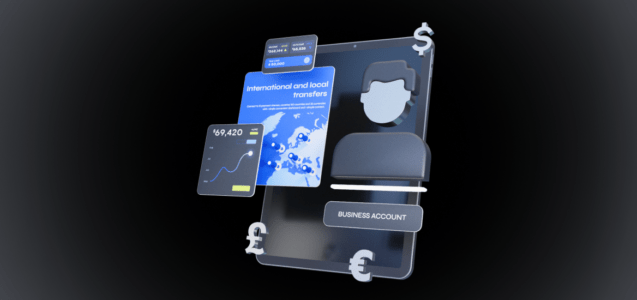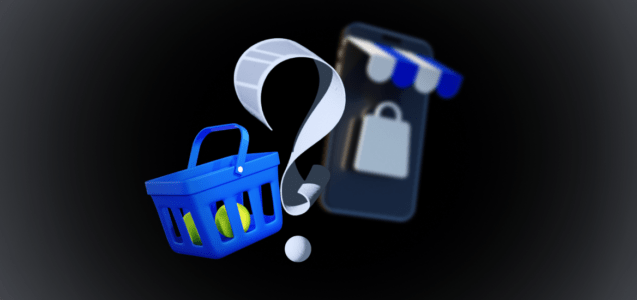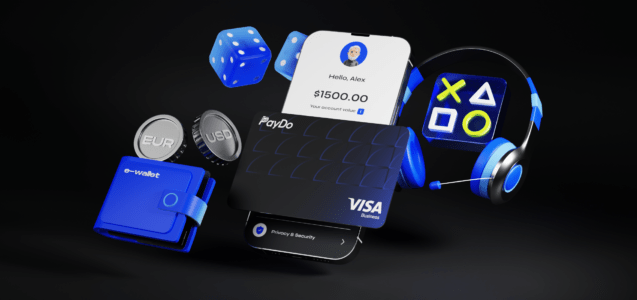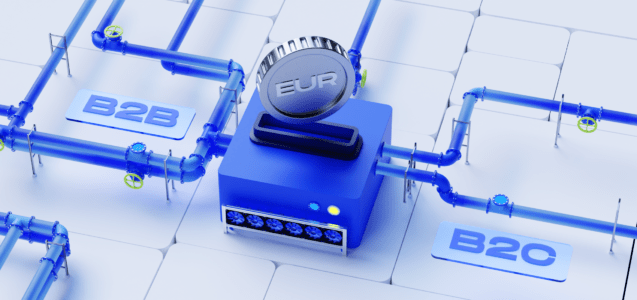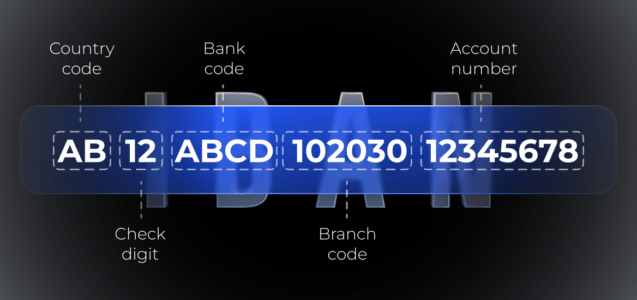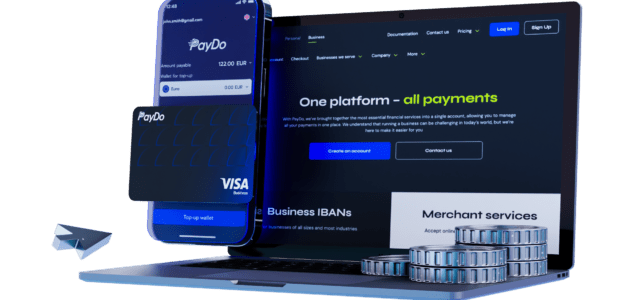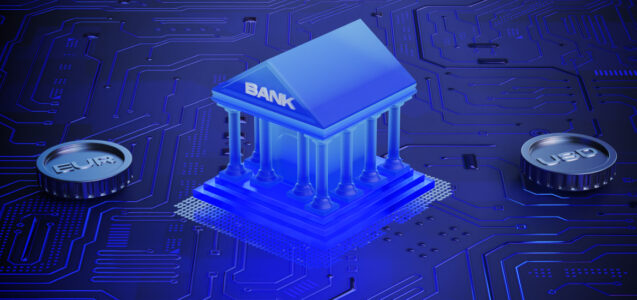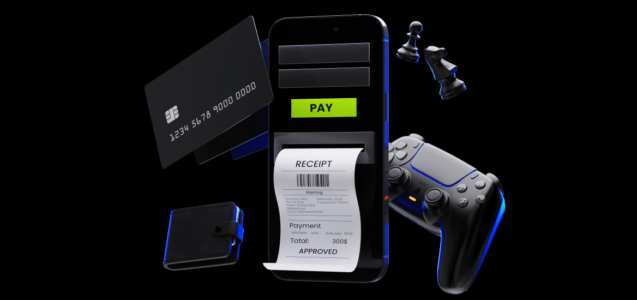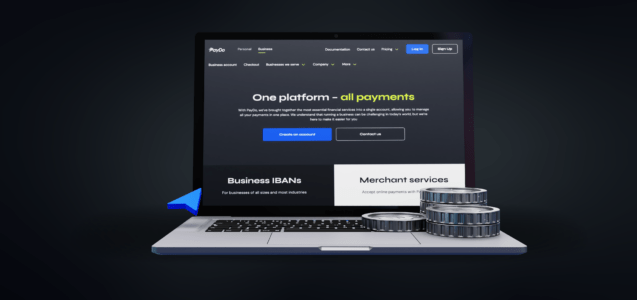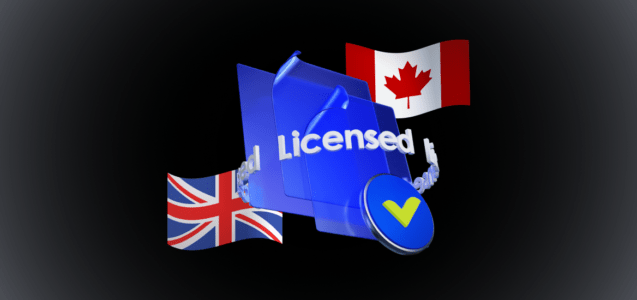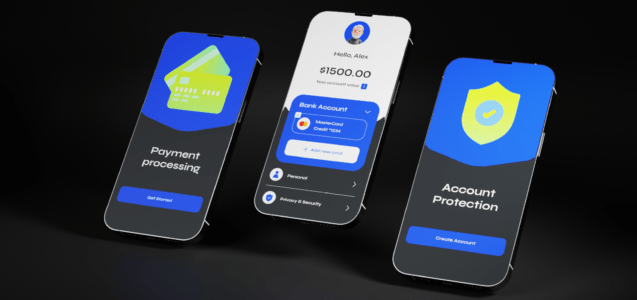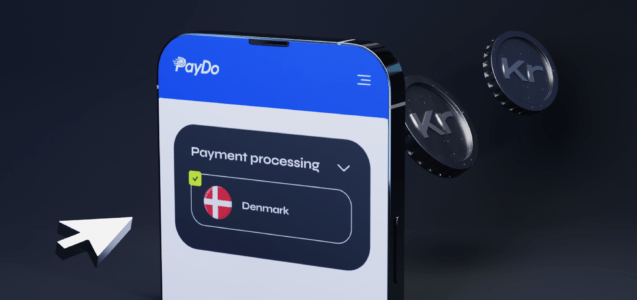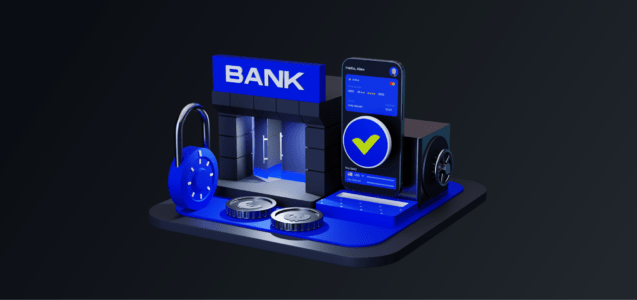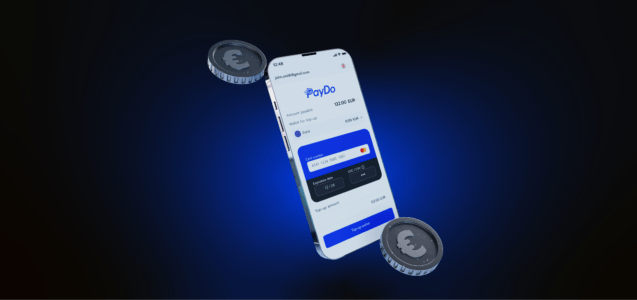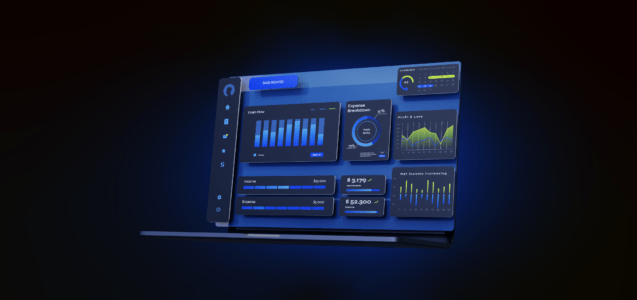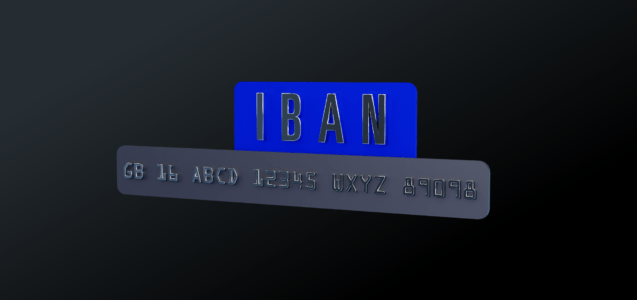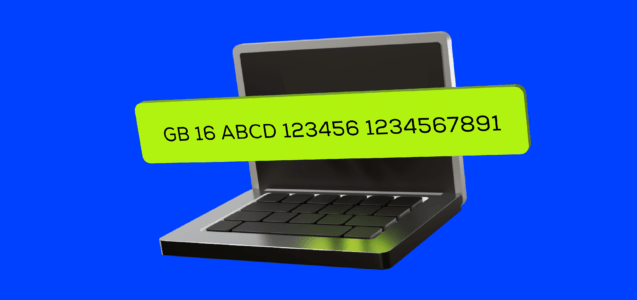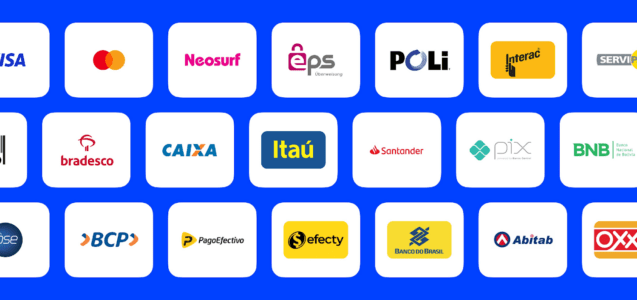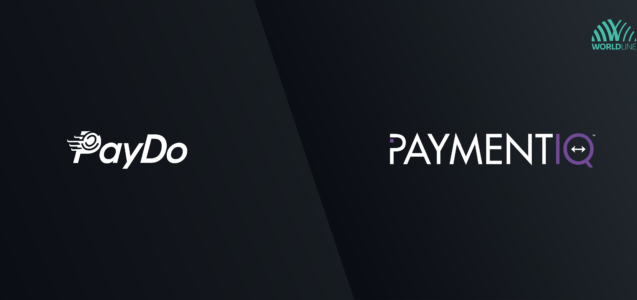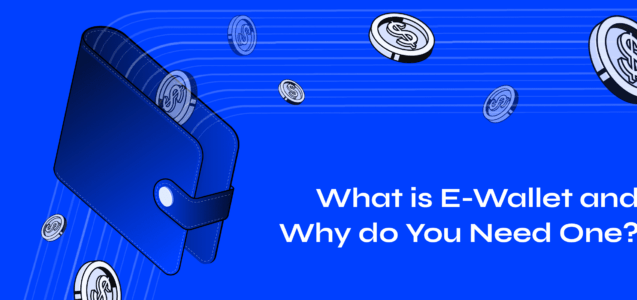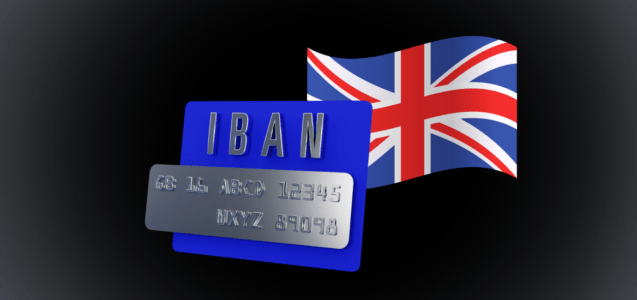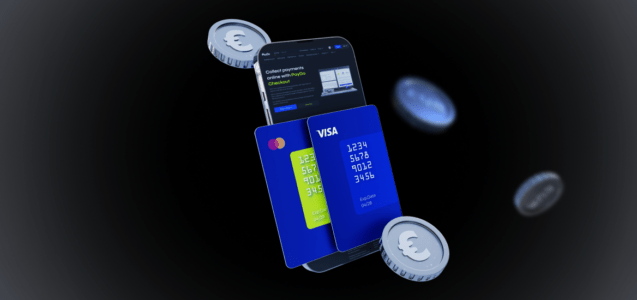In days of electronic everything, you would think that most businesses wouldn’t longer use paper checks. Consumers have certainly ditched the paper check, with only 7% of their bills connected to this way of purchase. However, for many businesses, paper checks are still a thing.
This article will explore why businesses still use paper checks and what alternatives to this outdated method are available.
Paper Checks: Why Do Companies Still Use Them?
Using paper checks is still a common practice in companies. Up to a third of business-to-business transactions adopt this method. A staggering 81% of US firms continue to rely on paper checks for settling some of their bills.
Here are some reasons why:
- Familiarity
Businesses already know how paper checks work. There’s no need to change or learn anything – it’s business as usual. The process of writing and handling checks is deeply ingrained in their operations.
- Universality
While most businesses accept electronic payments, they also continue to accept paper checks. Unfortunately, the reverse isn’t always true. Some vendors or suppliers may not yet be set up to receive electronic payments, making paper checks a necessary option for business-to-business transactions.
- Perceived budget
For some companies, using paper checks feels like a tangible representation of stability and reliability. The physical act of writing, signing, and mailing a check provides a sense of authority and tradition. Additionally, the float time – the delay between sending the check and the actual withdrawal of funds – can be advantageous for cash flow management.
However, the most unexpected rationale behind companies opting for paper checks over electronic payments is their skepticism regarding the benefits electronic payments promise.
They understand the prolonged processing time associated with paper checks and find it hard to believe that payment providers can execute payments within seconds electronically.
What are some disadvantages of paper checks?
Here are some drawbacks associated with using paper checks:
- Processing time
Paper checks require manual handling, including writing, signing, and mailing. This process can be time-consuming, especially for large volumes of transactions. In contrast, electronic payments are almost instantaneous.
- Risk of loss or theft
Physical checks can get lost in the mail or stolen. If a check goes missing, it can cause delays and inconvenience for both the payer and the recipient. Electronic transactions, on the other hand, have built-in security measures.
- Human error
Writing checks involves human input, which can lead to errors. Misspelled names, incorrect amounts, or forgotten signatures can result in payment delays or disputes. Electronic systems have validation checks to minimise such errors.
- Costs
While paper checks seem straightforward, they come with hidden costs. These include check printing, postage, and bank fees for processing.
According to Bank of America, the average processing cost for a single check ranges between $4 to $20. In comparison, ACH payments are more economical to process, typically incurring a flat fee ranging from $0.25 to $0.75 per transaction or a fixed percentage of 0.5% to 1%.
- Lack of automation
Paper checks don’t integrate well with modern accounting software. Reconciliation and record-keeping require manual effort, whereas electronic systems can automate these tasks.
While paper checks have their place in tradition and familiarity, businesses should weigh these disadvantages against the benefits of electronic payment methods.
What are Alternatives to Using Paper Checks for Companies?
In addition to cost savings and enhanced cash management, businesses are also motivated to shift away from paper checks to enhance their customers’ experience. This survey revealed 87% of finance leaders are confident that their customers are prepared to transition from check payments to digital payments.
Let’s explore some paper check alternatives that businesses can consider to improve their payment processes:
ACH payments (eChecks)
An Automated Clearing House (ACH) payment is a type of electronic fund transfer (EFT) commonly used in the United States. It allows funds to flow from one bank account to another. The National Automated Clearing House Association (NACHA), a non-profit organisation operating under the Federal Reserve, oversees ACH payments.
ACH transactions can be either a credit (depositing funds into a bank account) or a debit (withdrawing funds from a bank account). These transactions group together and processed in batches, typically three times per business day.
Normally, it takes one to three business days to complete an ACH transaction. However, same-day ACH processing is becoming more popular for credit transactions, although it’s not applicable to debit transactions.
Credit card payments
Accepting credit card payments provides convenience for both businesses and customers. It’s a widely used method, and transactions are processed quickly.
While credit and debit card transactions may be more expensive to process compared to ACH payments, they are gaining popularity in B2B transactions due to their almost instant processing times. Accepting credit and debit card payments also removes the risk of dealing with insufficient funds, which can still occur with ACH transfers even after the transaction has been processed.
Suppliers who are wary of accepting a large number of credit card payments due to processing costs can employ strategies to mitigate these fees. One approach is to collaborate with an integrated payment processor that provides interchange optimisation, helping to offset the expenses associated with credit card transactions.
Virtual cards
A virtual card represents a fully digital iteration of a credit card. Virtual card issuers create a temporary card number linked to a buyer’s actual account, which can be utilised for online purchases.
Numerous buyers appreciate virtual cards for the heightened security they offer, as their authentic account details remain concealed from the card number in the event of a data breach.
Digital wallets
Digital wallets, also known as e-wallets, refer to online services or software applications enabling buyers to securely store their payment details. Customers utilise digital wallets to store funds, facilitate purchases, and monitor their payment history.
Integrating a digital wallet feature into online payment services enhances the convenience of B2B buyers’ experiences. It eliminates the necessity for them to repeatedly enter payment information when making recurring or repeat purchases.
Transitioning to digital payment methods offers multiple benefits for businesses. Read on to explore some of the advantages.
Why Use Digital Payments?
Embracing digital payments isn’t just a smart move for businesses. It also yields significant advantages in cost savings and cash flow enhancements.
Digital payments enable quicker access to cash, with faster settlement times and the elimination of complications associated with check float. In a Deloitte study investigating digital payment adoption among B2B businesses, 73% of surveyed organisations reported that accepting card payments improved their cash flow. At the same time, 49% indicated reduced operational costs.
According to a survey by Versapay, 76% of respondents cited ease of use as the primary reason for offering digital payment methods. While some buyers still opt for traditional checks, the majority of B2B buyers prefer the convenience of online payment methods in line with modern digital trends.
Overall, making it easier for customers to pay digitally can greatly improve how businesses interact with their customers. Finance leaders stress that this is really important.
Wrapping up
Although businesses still use paper checks because they’re familiar and seem reliable, they have several downsides. They are slow, prone to loss, environmentally harmful, and costly.
It’s important for companies to consider other payment options such as ACH transfers, credit cards, virtual cards, and digital wallets. These alternatives are faster, cheaper, and offer better experiences for customers.
By embracing digital payments, businesses can streamline their processes, keep up with modern trends, and provide convenience for their customers.
At PayDo, we simplify financial management by integrating essential services into one account. Our PayDo Business account, merchant, and mass payments features offer over 350 payment methods, enhanced security, and a seamless user experience.
With transparent pricing plans tailored to your needs, PayDo ensures you can send money efficiently and cost-effectively, maximising your business’s financial resources. Create your PayDo Business account to explore opportunities for secure and borderless money transfers for your business goals.


